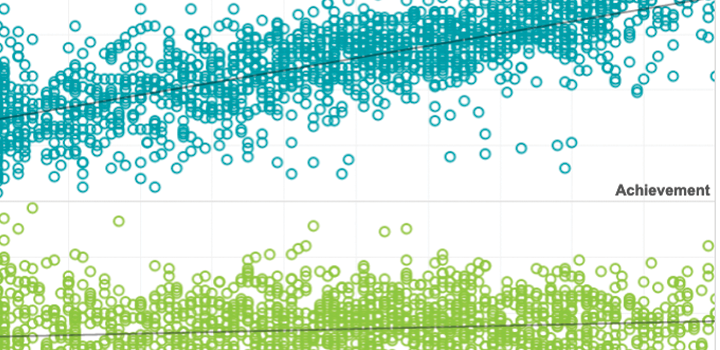Blog article
5 Guiding Principles for Improving Reading Fluency Assessment
2019

Description
This Michigan Association of Superintendents and Principles blog post examines 5 Guiding Principles for Improving Reading Fluency Assessment
Visit the blogRelated Topics



Who Moved the Mathematics?: The Need for IMPACT
This American Mathematical Association of Two-Year Colleges (AMATYC) article examines the three key areas of mathematics teaching and learning: ways of doing, ways of thinking and habits of thinking.


For decades, researchers and practitioners have made a great deal of effort to study a variety of methods to increase parameter accuracy, but only recently can researchers start focusing on improving parameter estimations by using a joint model that could incorporate RT and students information as CI.
By: Shudong Wang, Hong Jiao
Topics: Test design


This study, using real data, provides empirical evidence of construct and invariance construct of MAP scales across grades at different academic calendars for 10 different states.
By: Shudong Wang, Marth S. McCall, Hong Jiao, Gregg Harris
Topics: Measurement & scaling, Test design


Concurrent validity of the independent reading level assessment framework and a state assessment
This study investigates the use of screening assessments within the increasingly popular Response to Intervention (RTI) framework, specifically seeking to collect concurrent validity evidence on one potential new screening tool, the Independent Reading Level Assessment (IRLA) framework.
By: Beth Tarasawa, Nicole Ralston, Jacqueline Waggoner, Amy Jackson
Topics: Empowering educators, Measurement & scaling, Reading & language arts


The major purpose of this paper is to investigate the effects of CAT test design and bank distribution on the content coverage and the efficiency of the tests.
By: Shudong Wang, Hong Jiao
Topics: Test design, Computer adaptive testing, Learning standards & alignment


A longitudinal study of reading growth for students with visual impairments
This study compares reading growth for students with visual impairments with a nationally normed group of students from the general population using data from the NWEA MAP Growth assessment.
By: Beth Boroson, Elizabeth Barker, Xueming Li
Topics: Equity, Accessibility, Reading & language arts


